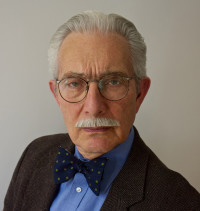
Serial Numbers
June 1, 2020
All kinds of things have serial numbers. I imagine that dozens of objects in my own home have them- my toaster must have one, and my TV set, washing machine, microwave, electric tooth brush, telephone, and on and on. Thinking about it, however, I have to ask the obvious: what are serial numbers good for? I guess the Gas Guzzler car company would want to know the serial number of every car as it rolls off the assembly line so they know how many Gas Guzzlers they’ve already made, when they were made, and to identify the ones that have gone wrong. But serial numbers have another function that I know of from personal experience.
For example, on my fiftieth birthday, my wife Dorothea gave me a gift that I always dreamed of having- an old Ford tractor. After tooling around on it pleasurably for a while, I began to wonder just how old this ancient creature actually was. Friends who were visiting when I posed the question had an answer. Just look at the serial number on the engine block, I was instructed. After cleaning away ages of grime that had accumulated, the numbers slowly became visible. My friends, coincidentally, were able to produce a list of Ford tractor serial numbers, each indicating the year of manufacture. It turned out that my tractor was made in 1941, only four years after I was born. This somehow gave me a measure of comfort in knowing that well on in age, the tractor was still able to haul rocks, dirt, and firewood around, as I was still able to draw a bow across my fiddle strings.
Another example sat in my living room without my even thinking about its age for the longest time- a Steinway grand piano. The instrument had been given to me by my dear friend- the cellist, Madeline Foley. It had arrived in beautiful condition but with one oddity. Its strings were made of iron, rather than the traditional copper. “Probably a war piano when copper had to be used for armaments rather than musical instruments”, the piano tuner told me.
For years I wondered whether this might actually be true, until one day it occurred to me. Serial numbers! I pushed back the piano’s music rack and there it was on the inner instrument’s frame: the number 316,362. Looking the number up on the internet, I quickly discovered that the piano had indeed been made during the Second World war, and to be even more precise, in 1944. Madeline told me that the piano was first owned by her stepfather, the distinguished Belgian violinist and Juilliard teacher, Edward Dethier. I now knew not only the Steinway’s pedigree but also its date of manufacture.
String instruments usually don’t have a serial number. If you look through one of the instrument’s F holes in just the right light, you can usually spy the label on its inner back stating the maker’s name, place of origin, and date of completion. My Lorenzo Storioni violin made in Cremona, Italy in the late 1700s has no serial number on its label, nor does the violin made for me in 2006 by Samuel Zygmuntowics in Brooklyn, New York. Recently, however, I did come across that relative rarity, a violin with what you might call a serial number. The instrument was made by the German-American luthier, Henry Richard Knopf. Inside, one could see Knopf’s name, New York, Anno 1911, and #204. Apparently, Knopf was proud enough of the number of violins he had made to let people know about it.
Certainly, the most illustrious of instrument makers, Antonio Stradivari, placed no serial numbers inside his violins. The cellist Gerald Warburg generously lent me his Stradivari violin, the “Spanish”, when I appeared as soloist with the New York Philharmonic Orchestra, and once again when I participated in the 1963 Queen Elisabeth Competition. Warburg owned a quartet of Stradivari instruments that he had inherited from his father, the banker Felix Warburg. Peering inside the “Spanish” when I first held it in my hands, I could make out the Latin inscription: Antonius Stradivarius Cremonenfis Faciebat Anno 1723.
While in my possession, I made sure this gem of a violin remained safe and sound. All went well both for my New York appearance and in Belgium during the Queen Elisabeth Competition. But flying back from Europe to New York City after the competition presented an unexpected problem. I was stopped at the airport by a United States Customs officer.
“What’s in the case”, the officer asked.
“A violin” I answered.
“What kind”, he asked.
“A Stradivari”, I answered.
“How much is it worth”, he asked.
The violin, a glorious example of Stradivari’s finest work, would easily fetch millions of dollars in today’s market place. I cannot remember its value in 1963 when the Customs officer confronted me, but it would have easily been many hundred thousand dollars.
I opened the case so that he could see the instrument and then tossed out an answer from thin air.. “The violin is valued at approximately Five-hundred-thousand dollars”.
The Customs officer’s eyes widened in astonishment. Then, he hurried to one side of the room and pressed an innocuous looking button on the wall. Within seconds, several Customs officers appeared out of nowhere and surrounded me, and the violin that lay open in its case.
“He says the violin is made by a guy named Stradivari and that it’s worth something like a half a million dollars”, the officer informed his colleagues.
The information was greeted for the longest time with utter silence, and I began to wonder how long I might be detained at the airport. After all, did I have sufficient proof for the Feds to know I wasn’t fencing a hot Stradivari? But finally, one of the group spoke out with a mixture of awe and uncertainty in his voice.
“Does the violin have a serial number”, he asked.
Without really thinking, I blurted out, “Yes it does”.
Of course, I knew this was a lie, but I must have been desperate to escape the claws of government bureaucracy, and to finally get home after being away for weeks and weeks.
I pointed to one of the violin’s F holes and asked the officer to look inside. I told him that if he got just the right angle, he would see Stradivari’s label, and on it the violin’s serial number, 1723.
It has been estimated that Stradivari, who lived to the ripe old age of ninety-three, made a total of 1,116 violins, violas, cellos, guitars, and harps in his lifetime. As the officer bent over and peered inside the “Spanish” Stradivari, he could not have known that 1723, the year it was made, was way off even if it had been a serial number.
My heart began beating a little faster as the officer finally stood up and faced me. Had he discovered my shameful ruse?
“I actually managed to see the serial number, 1723”, the officer said, beaming. “Thank you, sir. You’re free to go”.
Greatly relieved, I fled the airport, Stradivari in hand. During the Queen Elisabeth Competition that had just taken place, the violin had brought forth music of such composers as Bach, Bartok, Ysaÿe, and Paganini. The Stradivari’s sound was commanding enough to easily fill the Palais de Beaux Arts where the competition was held, and yet what wafted out of its F holes often reminded me of candlelight.
What kind of serial number do you ascribe to candlelight?
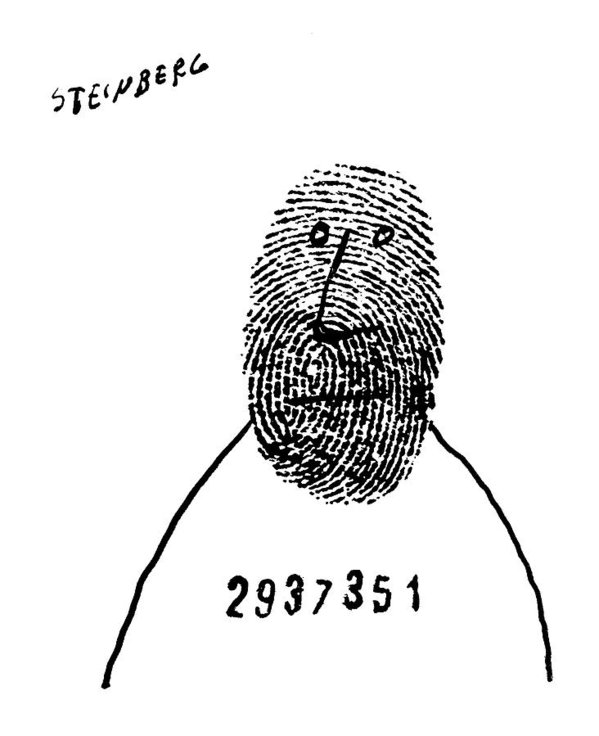
Subscribe
Sign up to receive new stories straight to your inbox!

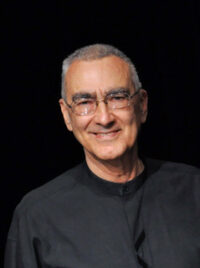
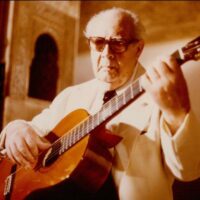
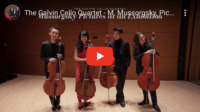
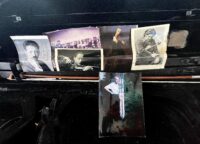
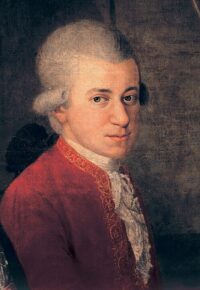
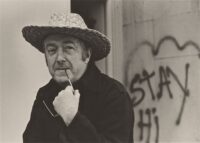
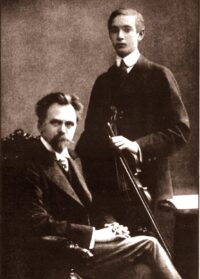
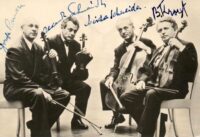

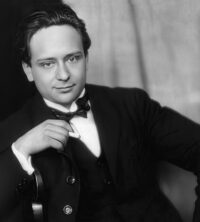
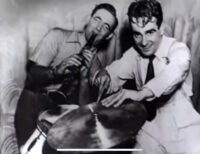
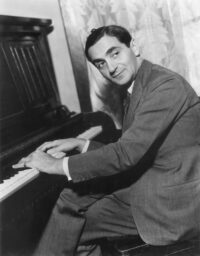
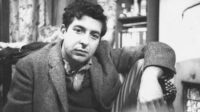

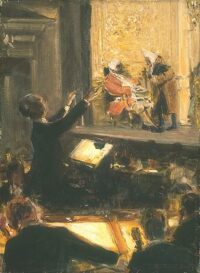
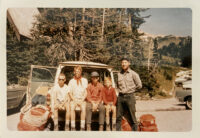

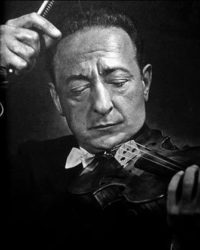
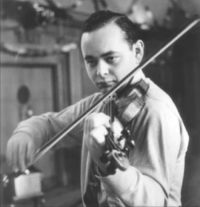
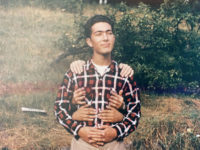
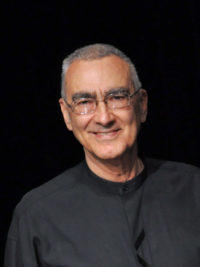
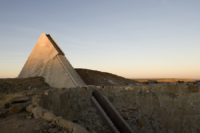

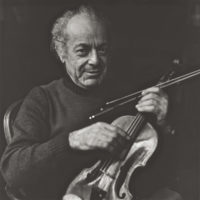

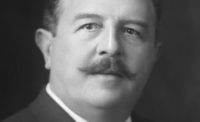
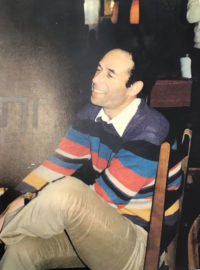
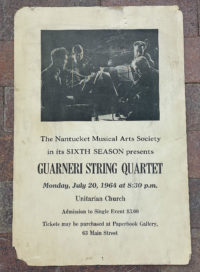
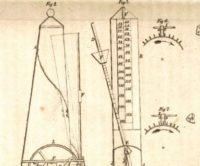
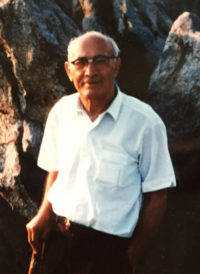

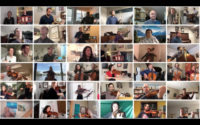
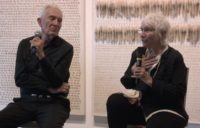
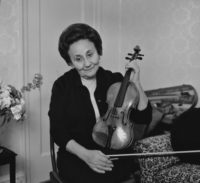
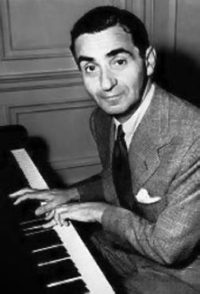
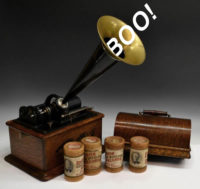
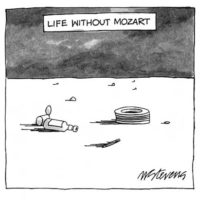
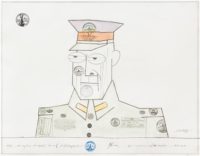
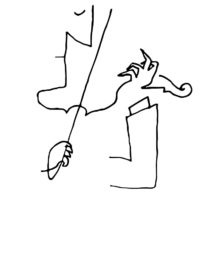
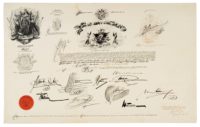
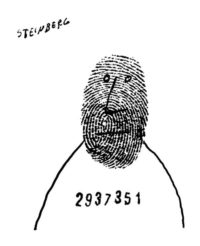

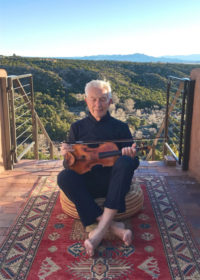
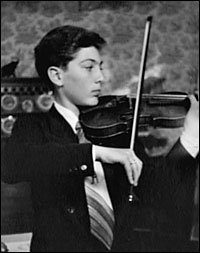
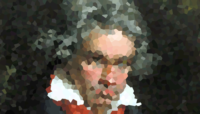
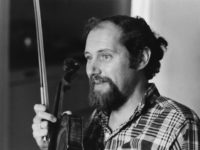
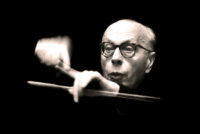
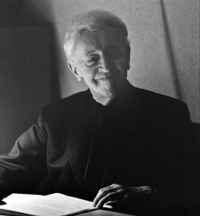
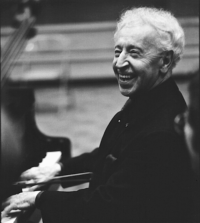
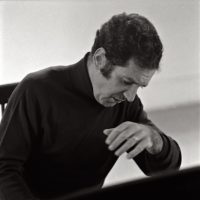
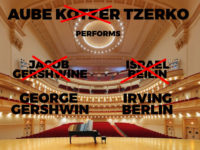
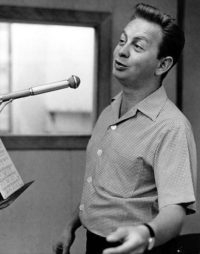
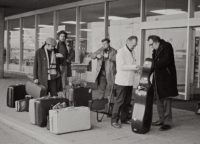

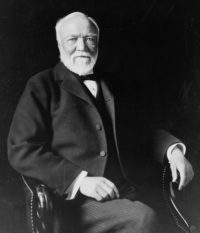
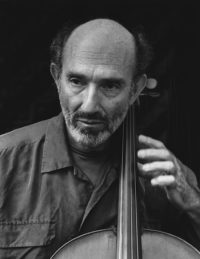
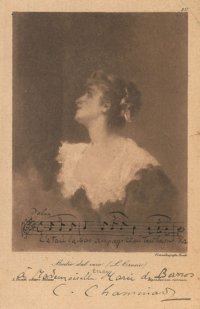
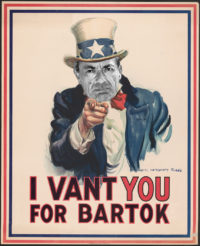
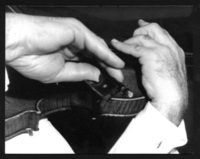

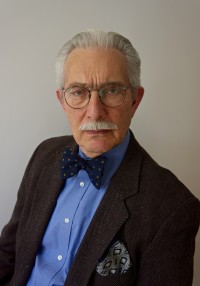
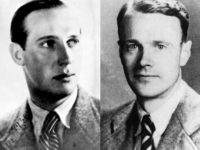
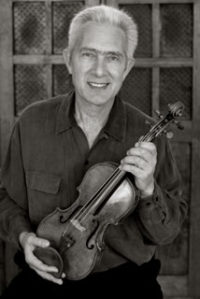
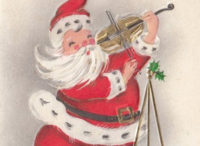
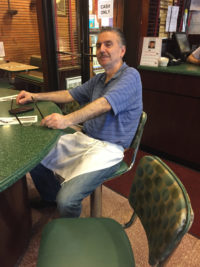
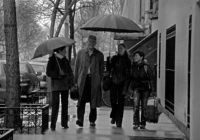
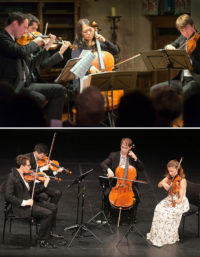
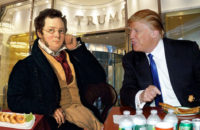
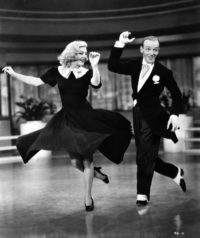
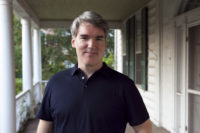
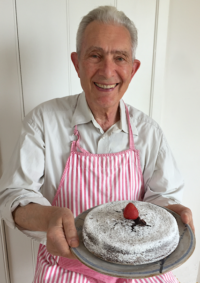
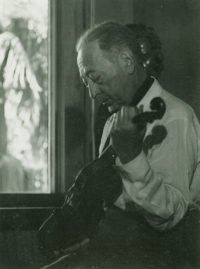
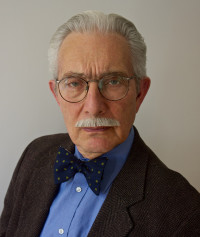

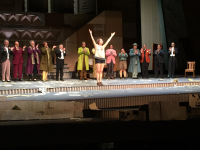
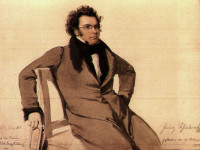
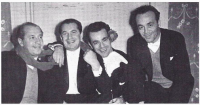
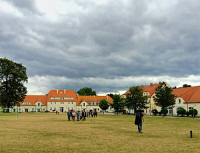
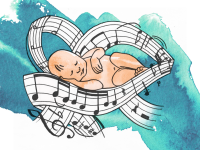
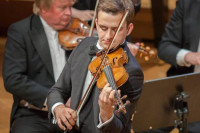
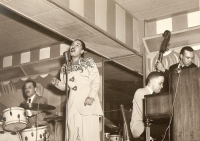
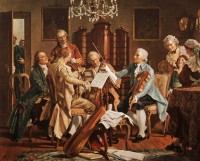
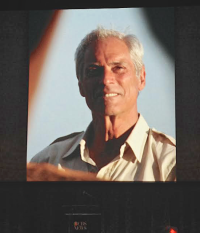
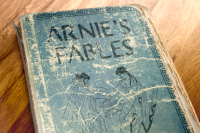
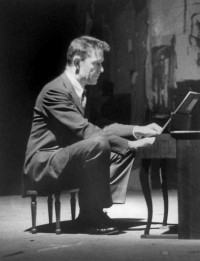
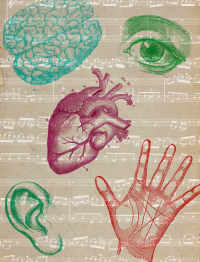

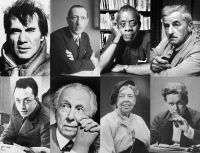

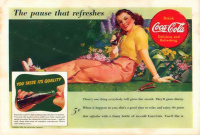
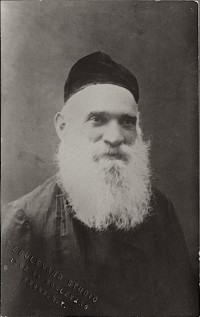
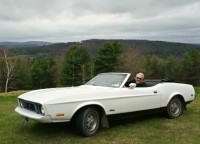
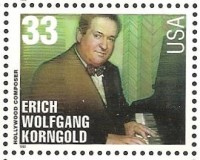
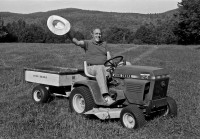
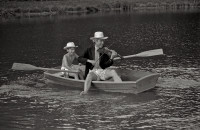
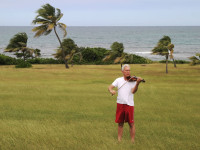
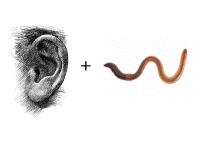
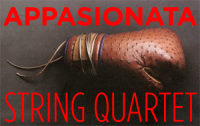


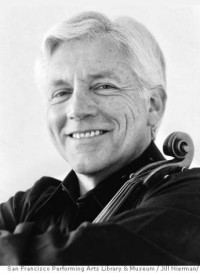
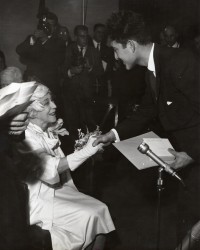
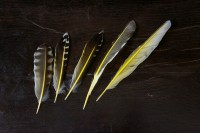
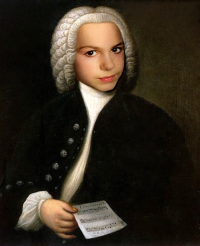
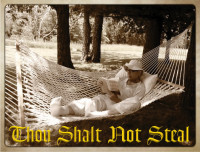
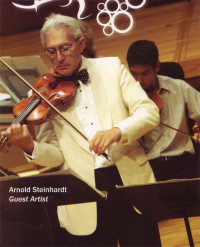
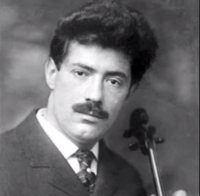
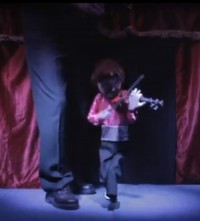
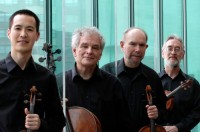
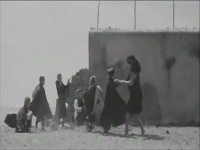
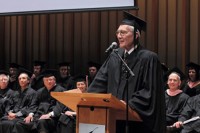
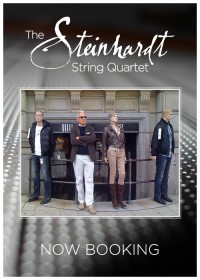
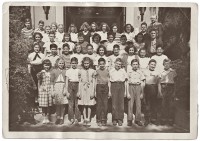
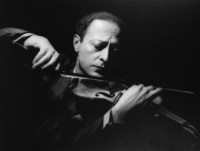
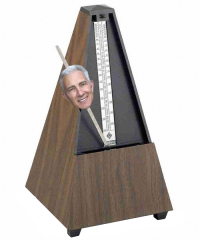
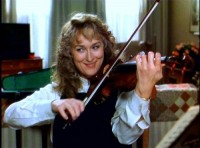

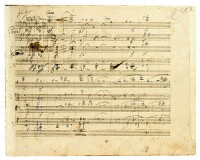
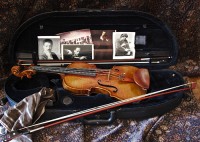
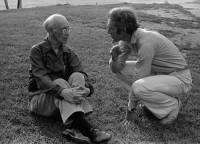
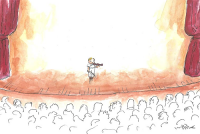
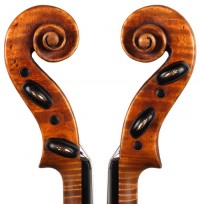
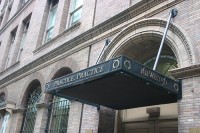
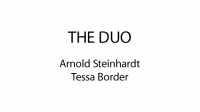
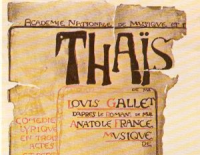
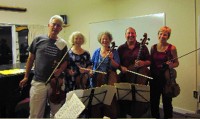
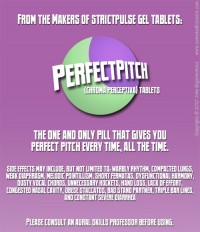
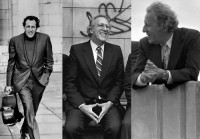
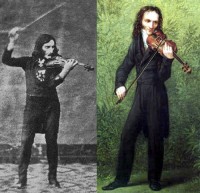
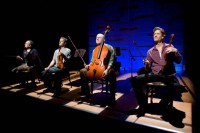
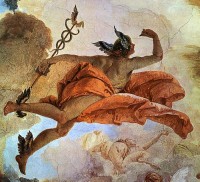
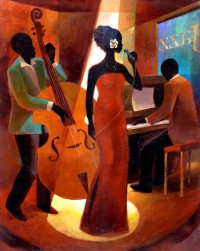
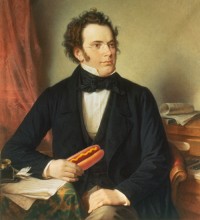
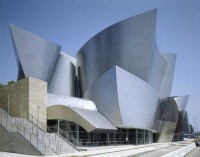
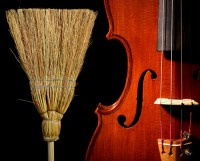
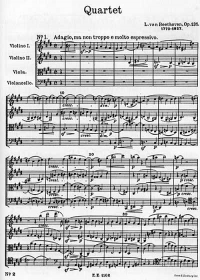
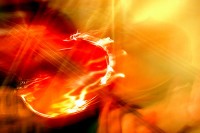
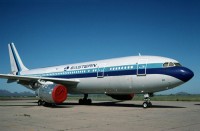

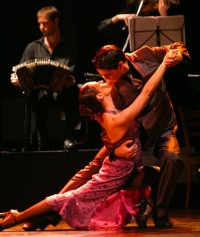
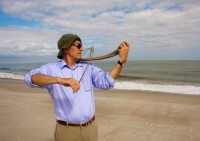
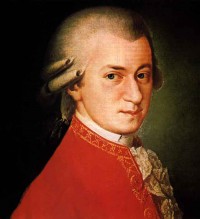
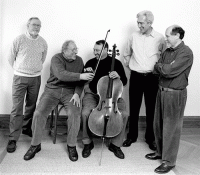
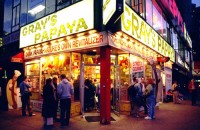
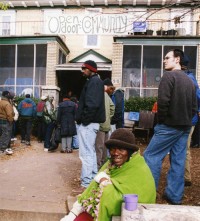
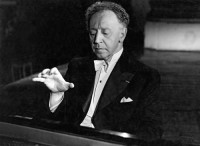
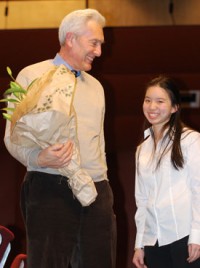
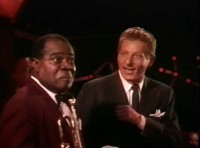
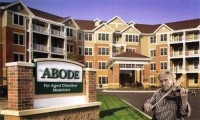
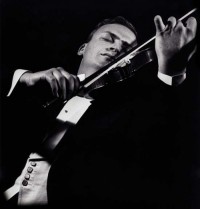
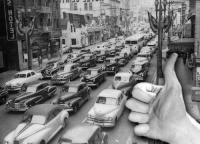
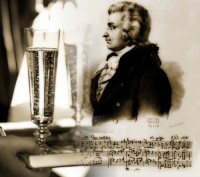

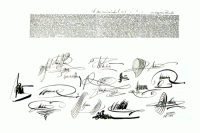
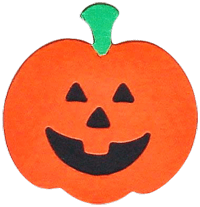
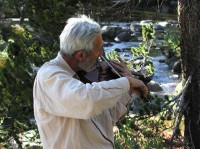
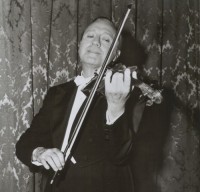
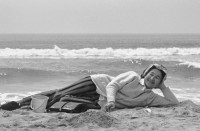

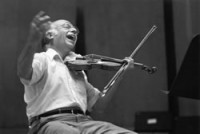
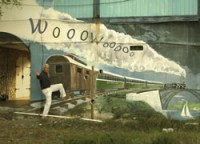


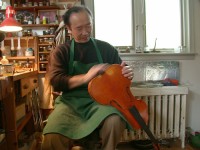
Comments
As usual. Arnold, wonderfully written, entertaining, and very Arnold.
Warm greetings to Dorothea and you,
John
Does the tractor now live in New Mexico? Does it still work? I am a retired doctor-cellist and I share a Kubota tractor with my neighbor. Vintage 2005 and a beautiful hot orange.
308,643 My mother’s Steinway sitting in my tiny Florida living room. It was also built during the war in N.Y.C. It is a little older than yours and my most prized possession!
When I was in the sixth grade (1956), my marvelous teacher, Miss Sawyer would take us into Manhattan from Brooklyn on field trips via the subway. We visited Fulton Fish market, and walking through Wall Street would give us the names of the stone that the seemingly ancient buildings were made of. We were asked to write reports describing our experiences. I always wrote mine from the point of view of my brown paper bagged lunch. I was imagining the Stradivari perception of being scrutinized by customs officials, and then of what Stradivari might have thought about the future travels of his violin. But your conclusion says it all, the candlelight is the timeless serial number, as is my love of learning and seeing sparked by my wonderful teacher. I guess my lunch represents impermanence. I’m so glad you are still blogging. It does the heart good.
Boundless creativity beautifully crafted!
Thanks for sharing.
The serial number for candlelight? 2.
I was delighted to find the Pierce Piano Atlas (1965) in my library’s reference room a while back. I dated our household’s Beckwith Empire Revival upright to 1908.
I was hoping one of the Customs people was going to ask you to play something. They missed out.
How I got here: I recently listened to the Guarneri’s Beethoven quartets all the way through: ear-opening and life-affirming. Thanks!
Humorous and witty reaction in such a desperate moment is a skill what we shall have.
jackievln2@earthlink.net I most enjoyed your story. Your descriptions of the objects along with serial numbers brought great images to mind, but the Strad image was more one of trying to imagine the sound of your playing such a grand instrument. I was always a big fan of your beautiful sound. The story was a pleasure to read, and in these terrible, troubled times, it brought a pleasant oasis for the mind. Thanks.
What great fun, though I would have been a nervous wreck and would probably been held in detention for months. My own violin is probably worth c. $2,500 (Chipot-Villaume), is less than a century old, but is worth just enough that I should reread your story should I decide to embark on air travel and the need to “face the music”! Thanks for the joy of your adventure.
It is such a delight to read your writing while listening to your beautiful concert recording of the Mendelssohn Concerto with Paul Paray conducting the Detroit SO. I am so glad this performance is now on YouTube https://www.youtube.com/watch?v=ldrTZyLaQww&t=232s
To have Jack Benny and Isaac Stern in the audience for a 22-year old fiddler ain’t bad. By the way, I think the serial number for the Mendelssohn is 64.
I once attended a reception following a concert by Gustav Leonhardt in which he had played a pair of harpsichords built by William Dowd, who was also present. Near the punch bowl I had the good fortune to overhear Dowd teasing Leonhardt about his career as a smuggler. It seems that Mr. Leonhardt had amassed a magnificent collection of harpsichords with paying duty on them by simply using them for public concerts, for which he was permitted to cross borders with the instruments without questions being raised.
Well, I love this. And it is such a refreshing read after all the stuff going through my eyes into my head these days. This reaches my heart. What a delightful read. And as usual, your perspective on life and stuff, makes me lighten up. Thanks, Arnold.
Leave a Comment
*/